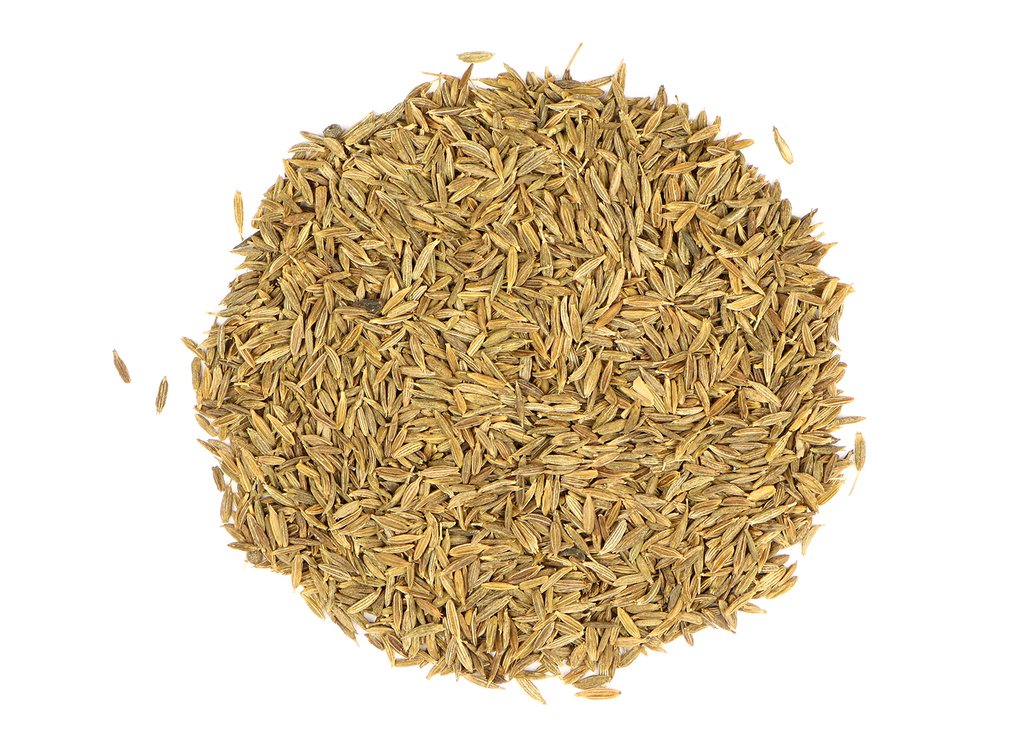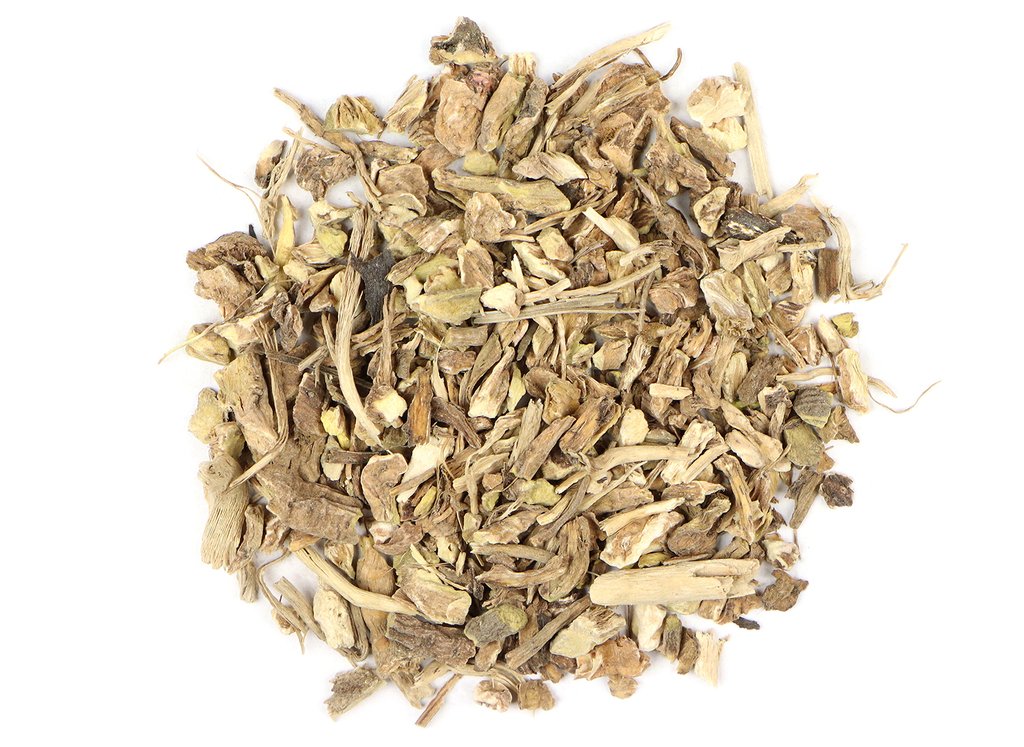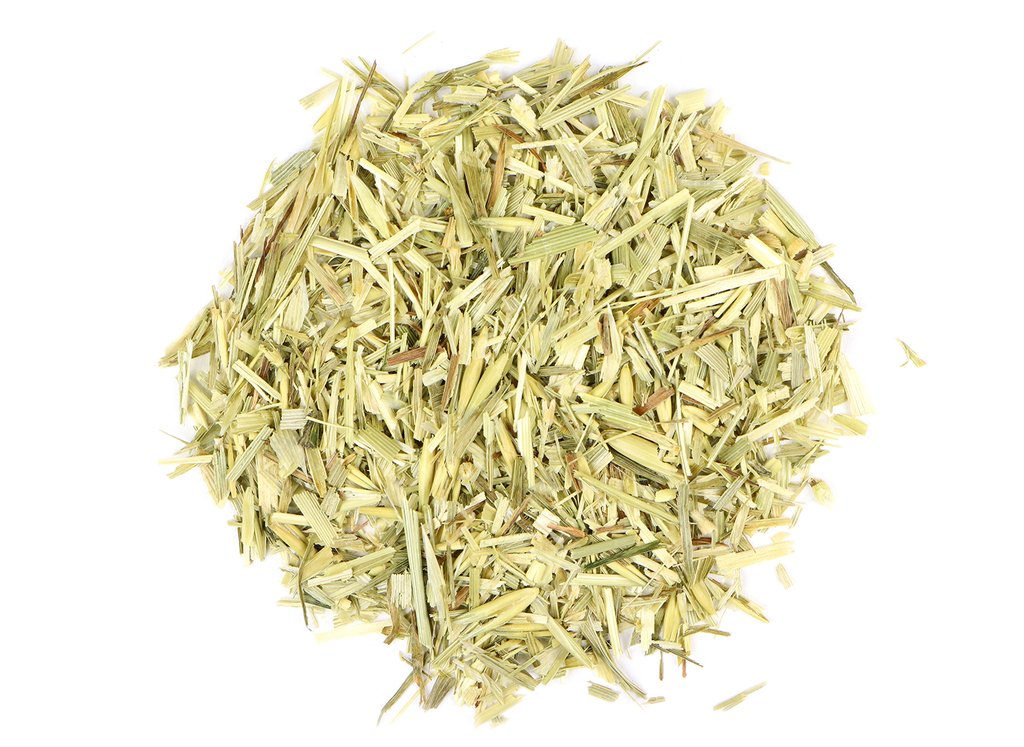 Image 1 of
Image 1 of


ORGANIC CUMIN SEED
Botanical Name: Cuminum cyminum
Origin: Egypt
Botanical Name: Cuminum cyminum
Origin: Egypt
Botanical Name: Cuminum cyminum
Origin: Egypt
A flowering annual in the Apiaceae family, Cuminum cyminum is a flavorful and fragrant herb. Its native range extends from the Middle East to India and has been incorporated into spice mixes, sauces, and condiments. Cumin seeds have been used since the era of ancient Egypt and are employed for their healthful properties in Ayurveda. Cumin seed can be toasted and kept whole or crushed and added to breads, baked goods, cheeses, and savory dishes.
Cumin is a spice that is well-known in countries such as Mexico and India, and in areas such as the Middle East, that has been used for generations in traditional curry mixes, cuisines, and sauces. Many may not know that it was a popular condiment during ancient Roman and Greek times as well, was found in Egyptian tombs and mentioned in the Bible, and that its use has been continual for thousands of years. It is a valued carminative amongst herbalists and is highly regarded in Ayurvedic medicine as a digestive support that is often administered as a food or beverage.
Cuminum cyminum is a small annual herb native to the Mediterranean region, that can grow to about two feet in height. It is an obvious member of the Apiaceace or carrot family as it sports umbelliferous flowers and looks quite similar to other members such as dill (Anethum graveolens), fennel (Foeniculum vulgare), anise (Pimpinella anisum), and coriander (Coriandrum sativum). Many of these species share carminative properties as well. In Ayurveda, Cuminum cyminum is used somewhat interchangeably with 'black cumin' (Carum bulbocastanum) which is an entirely different plant that is more like caraway (Carum carvi), although it is in the same family and has very similar actions. Both cumin and caraway are called 'jira' and believed to have comparable energetic properties and flavors, yet true or common cumin, sometimes referred to as 'green cumin' is more mild in taste and properties. Further, yet another plant may be confused with cumin, which is Nigella sativa, commonly referred to as 'black seed' or 'black cumin' yet is an altogether different herb in the Ranunculaceae family. The Latin genus name Cuminum, was derived from Greek 'kyminon' with the original source thought to be the Sumerian word 'gamun.'
Cultivated for commercial use in Morocco, Turkey, Greece, Egypt, Iran and India. The countries that produce the highest volume of essential oils are the United States and India.
This spice has been used for thousands of years in the Middle East, Africa, and in India, with some of the earliest evidence being that cumin seeds were found in Egyptian tombs. Cumin, in Hebrew, 'kamon,' was listed in the old and new testaments of the Bible in reference to both planting it and using it as currency to tithe. In Mathew 23:23, it states "Woe to you, teachers of the law and Pharisees, you hypocrites! You give a tenth of your spices–mint, dill and cumin. But you have neglected the more important matters of the law–justice, mercy and faithfulness. You should have practiced the latter, without neglecting the former."
Mentioned in the writings of ancient Greek physicians Hippocrates and Dioscorides and by Roman naturalist Pliny the Elder, cumin prized as a condiment and was ground and eaten with bread or added to water or wine. At that time, it was believed that if put in bread it would keep the wood spirits from stealing it, and in fact, cumin was put in any object that the owner wanted to protect from theft. It was also burnt with frankincense and sprinkled on the floor in order to ward off evil. Additionally, cumin was used in love spells as it was believed that its use promoted fidelity. Perhaps one of the more humorous old wives' tales surrounding cumin, is that in order to have a good crop, the grower must curse while sowing the seed. By the Middle Ages, it was a common spice in Europe that was extensively cultivated in the Mediterranean region, the Middle East, India, and China.
Cumin was revered in ancient India as well and was a mainstay herbal medicine in Ayurveda (system of traditional Indian healing). Most often called 'jira' (or jeera, zeera, etc) which, in Sanskrit means 'that which helps digestion,' it was administered for a variety of complaints. It was employed in cases of sleeplessness, to support glandular health, and was even smoked in a pipe to alleviate hiccups. Additionally, it has been made into a cooling drink called 'jaljira' (meaning 'water of cumin') to drink in hot weather and to support metabolism. Its main use however, which spans cultures, is as a digestive support. It relieves wind and bloating and is used to alleviate nausea. It is considered to have a balancing effect on all of the three doshas (ayurvedic body type classifications) vata, pitta, and kapha. In the kitchen, it is combined with pungent foods such as tomatoes and chilis to make them more digestible.
In fact, cumin is most known as a culinary spice in world cuisine. Ranging from Middle Eastern to Mexican, it is often found in curry and chili powders, in Mexican mole' (a divine spicy chocolate sauce usually containing 20 to 30 different spices), hummus (a paste made from chickpeas, olive oil and sesame), and falafels (made from ground chickpeas and fava beans flavored with garlic and cumin, and then deep-fried), just to name a few. It is used to flavors meats and cheeses (particularly popular is the Leyden cheese from the Leiden region in Holland, in Dutch called 'leidse kaas') and can be found in a wide array of baked goods as well.
Cumin seeds (actually the fruits) are considered energetically cooling and pungent, bitter, and spicy in flavor
Precautions
No known precautions. We recommend that you consult with a qualified healthcare practitioner before using herbal products, particularly if you are pregnant, nursing, or on any medications.
This information has not been evaluated by the Food and Drug Administration. This product is not intended to diagnose, treat, cure, or prevent any disease. For educational purposes only.





